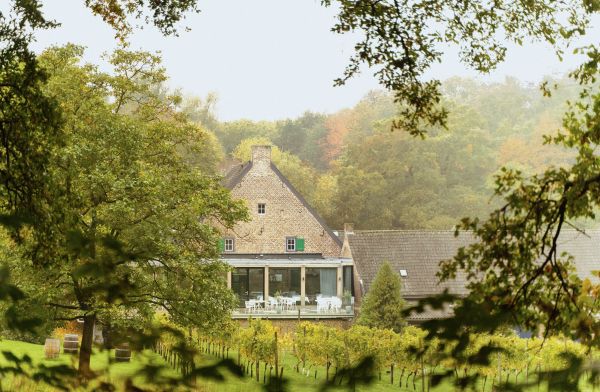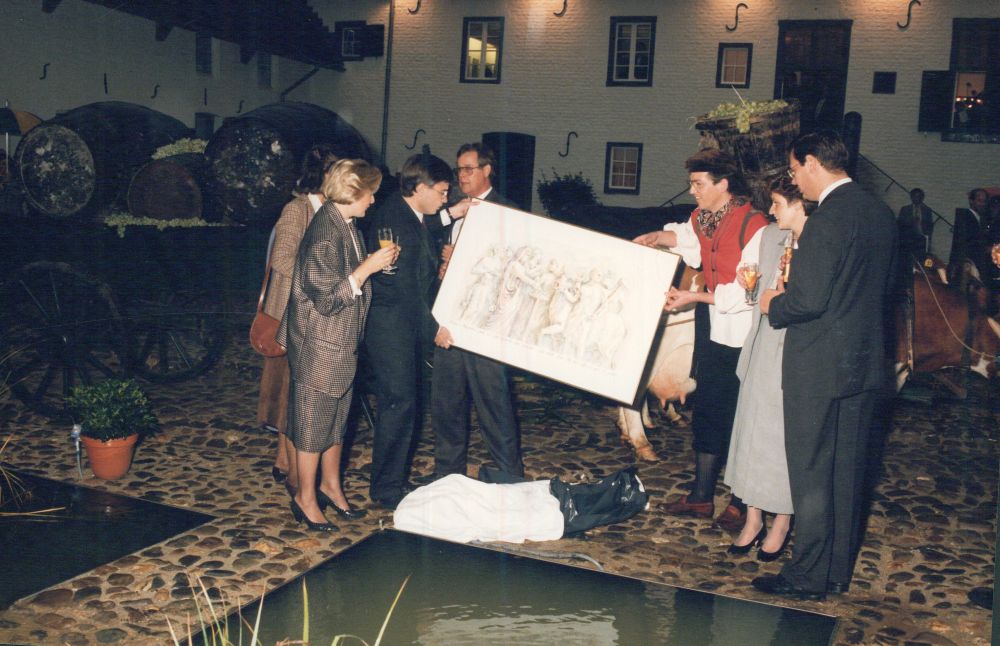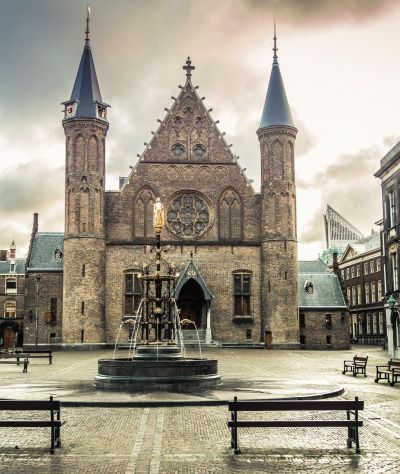Discover the stories of one of the oldest farms of Landgraaf
Winselerhof, Landgraaf
Records dating back to 1155 confirm that Winselerhof is one of the oldest farms in the Landgraaf region and was formerly known as Winzeler, derived from the German word “Winzer”, or wine grower. The first recorded owner was Count of Saffenburg, while the last known owners were the Keybets family.
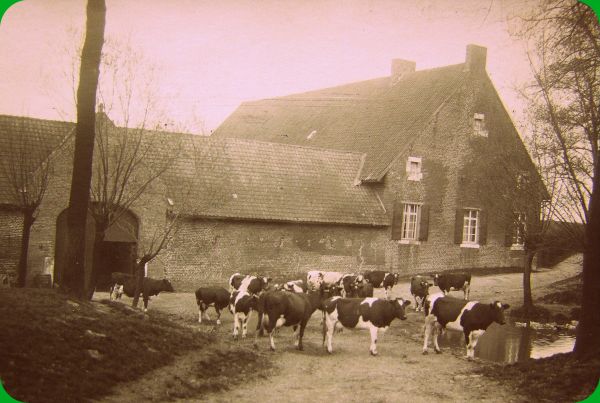

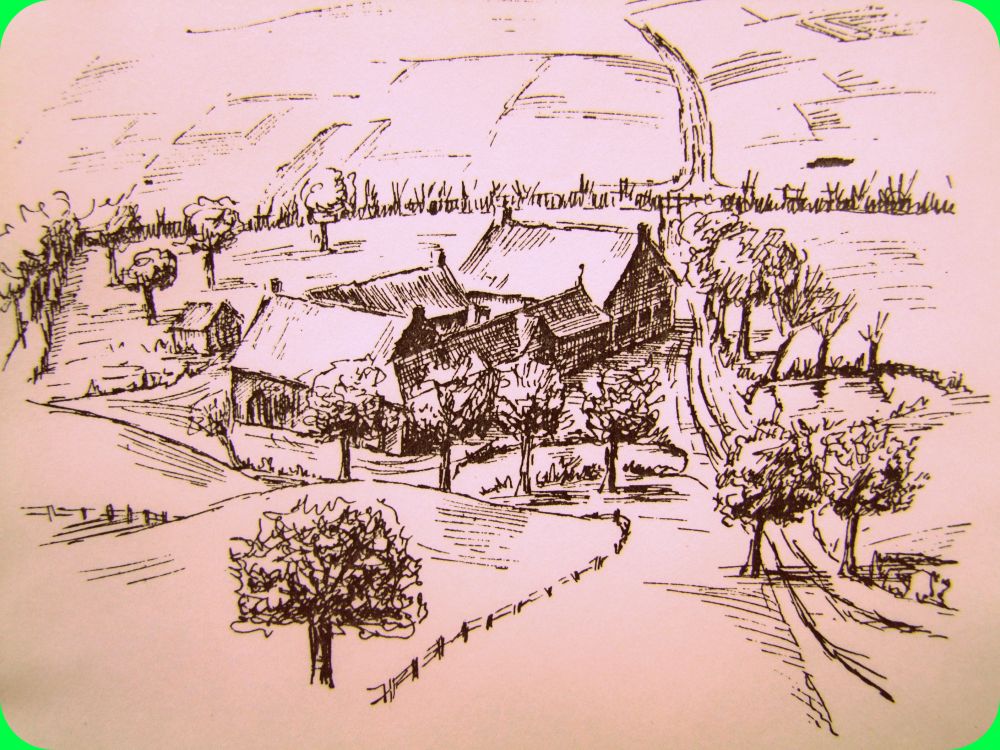
Built from field firebrick, crafted on site and timber frame, Winselerhof originally had a thatched roof that existed until the end of the 19th century. Forming a quadrangle, the buildings housed farm animals in the stables that surrounded the courtyard, alongside the farmer’s residence.
Few changes were evident until 1943 when over mining in the vicinity caused a great deal of damage to the surrounding area leading to the collapse of part of the barn in 1943.
In 1985, having acquired Winselerhof from the municipal council of Kerkrade, Oostwegel Collection began work restoring and refurbishing the farmstead and ultimately converting it into a luxury hotel and restaurant.
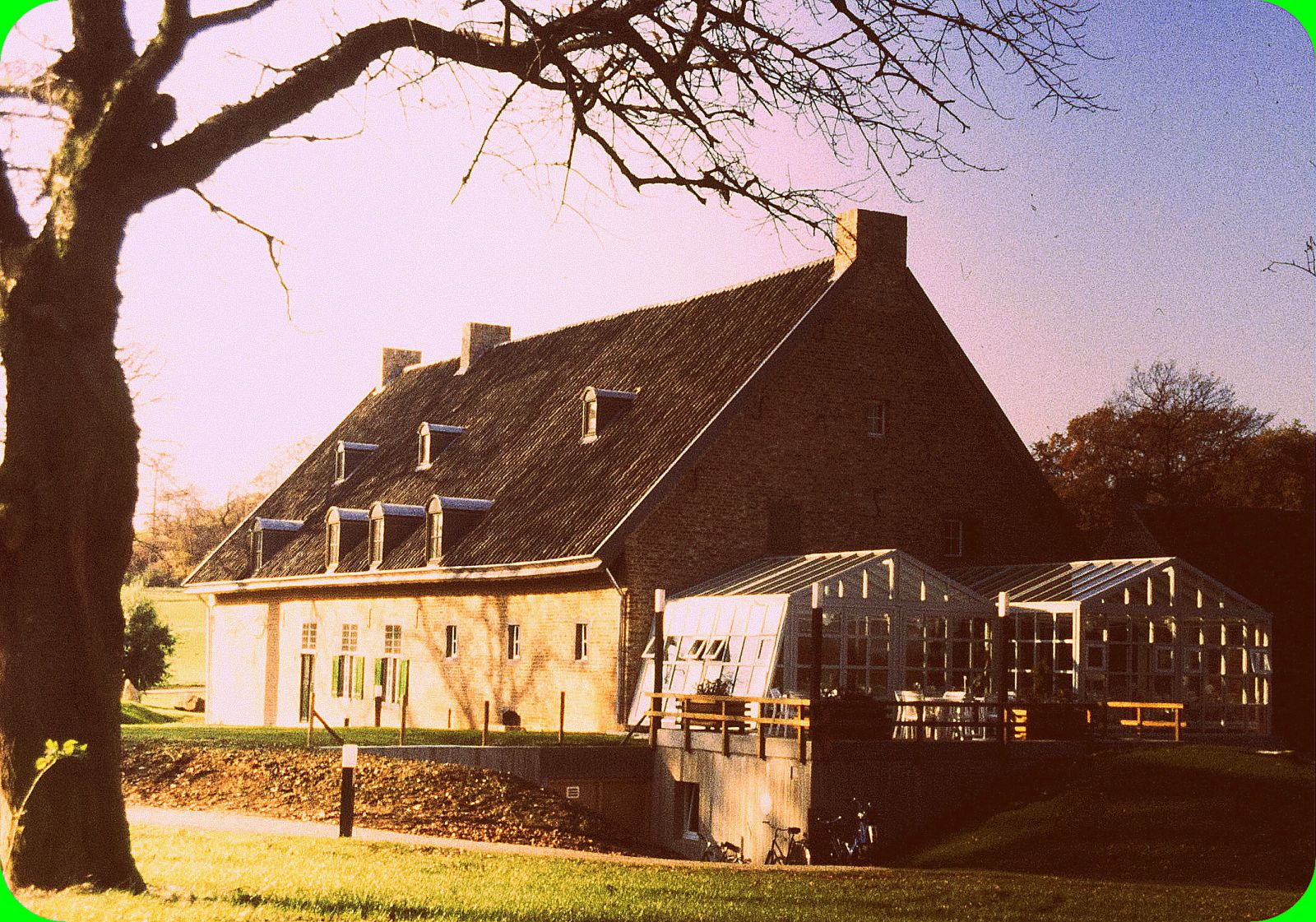
A journey through the history of the estate
Winselerhof makes its first appearance in the history books during the heart of the Middle Ages. According to the 'Archives of Rolduc', in 1104 a young priest, Ailbertus from Antoing, appeared in the Land of Rode (Kerkrade/'s Hertogenrade). Together with two friars, he had left his monastery in Tournay, Belgium.
The Count of Saffenberg, owner of the castle in 's Hertogenrade offered him a strip of land on which he built himself a simple home and a wooden chapel. In 1106 Embrico from Mayschoss and his family joined Ailbertus. Embrico, a wealthy vassal of the earl of Saffenberg, bestowed his entire property on the small community.
Ailbertus and Embrico soon started the building of a crypt and laid the foundations of the future monastic church. The name is probably from the German 'Winzer', meaning winegrower. Certainly old maps of the area appear to show a vineyard on the northwest slope of the small valley a few hundred meters from the farm itself.
'Wenselen' next appears in the history books in 1312 when Beatrijs van Anstel raised a loan secured on the property for Hertog (Duke) Jan III van Brabant. The same year saw Kasteel Strijthagen's construction. Over the centuries the kasteel and the Winselerhof have been closely connected.
From that point in time, Winselerhof has been known by various names, in 1312 it was 'Wenselen', in 1489 'Zo der Wientzelen, in 1706 'Wintzelen', in 1752 'Wentzlerhoff', in 1785 'Wenzelerhoff', then 'Winselaar' and now finally Winselerhof.
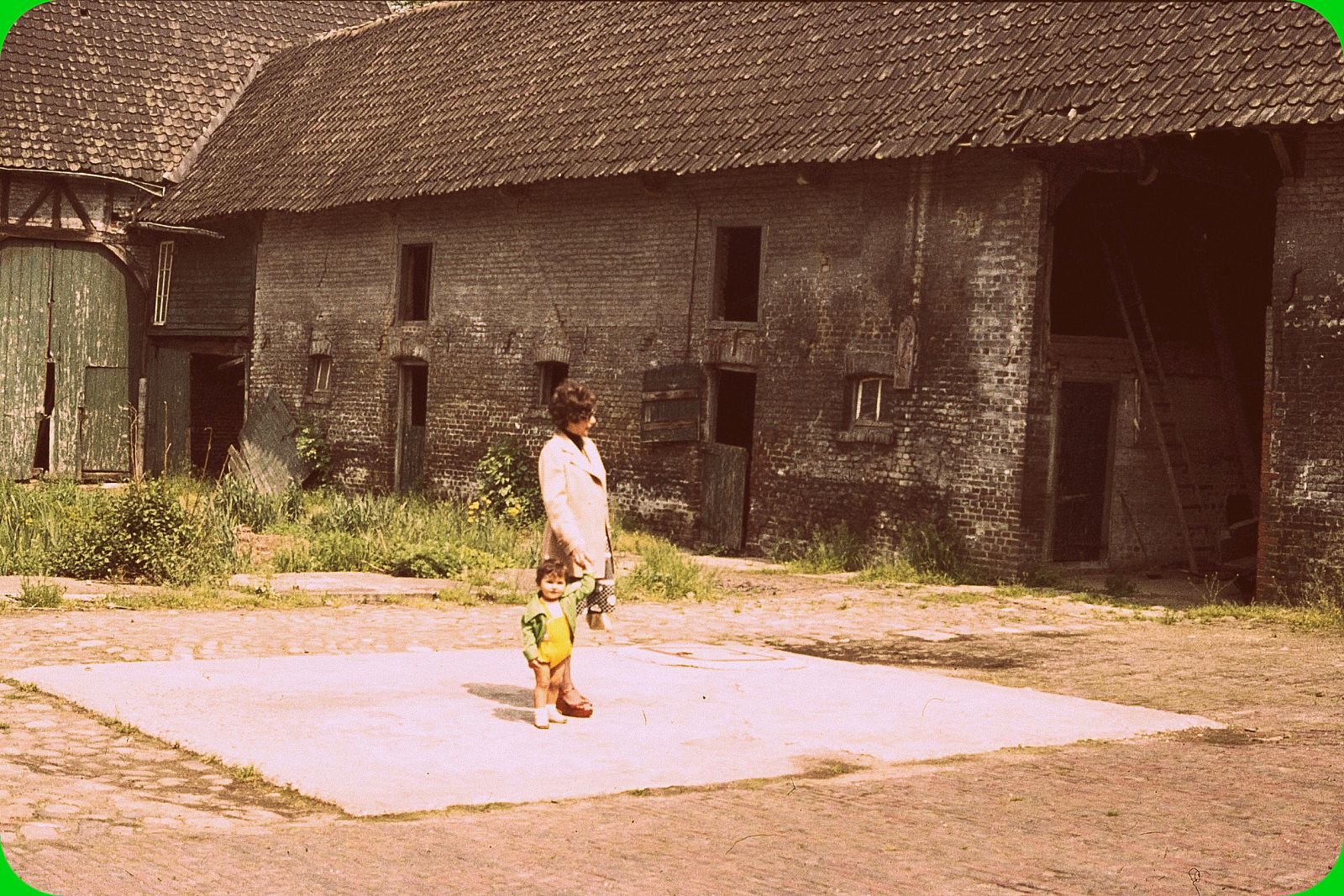
The road to today's Winselerhof
The initiative to commence the restoration and renovation of the farm was put forward by Camille Oostwegel, then proprietor of Kasteel Erenstein and Hotel Brughof in Kerkrade and Château Neercanne in Maastricht. The go-ahead for the project was given on 11 June 1985 and by the 13 March 1986 work was complete. The following September saw the official opening by the Minister of Welfare, Public Health and Culture and the unveiling of a life size statue of an ox in the courtyard.
Naturally the project's main concern was to preserve the buildings' historical accuracy with the use of authentic doors, windows, rafters, tie beams and so on. The gothic cellars have been restored to their former glory and the huge barn, with its Halsburger-rafter construction that was so badly neglected now features a very large function room (the 'Romezaal'). The bakery is renovated and the pond outside the main entrance has been restored.
Via the western gate with its bluestone façade (with the 'ox' in the keystone) you enter the courtyard with its ornamental paving. To your right lies the house. Via the bluestone steps you enter the old kitchen with its original cooking range, now the entrance foyer. The cellars comprise a function room with (wine) bar and the cowsheds now house a delightful Italian restaurant, Pirandello. The farm's first floor (formally a huge attic), the two wings that were stables and the east and west ends of the former barn are now 49 luxury rooms, some split level (over the entrance for example) and spacious suites.
Once renovations were finished, Winselerhof celebrated their opening in September 1986.

